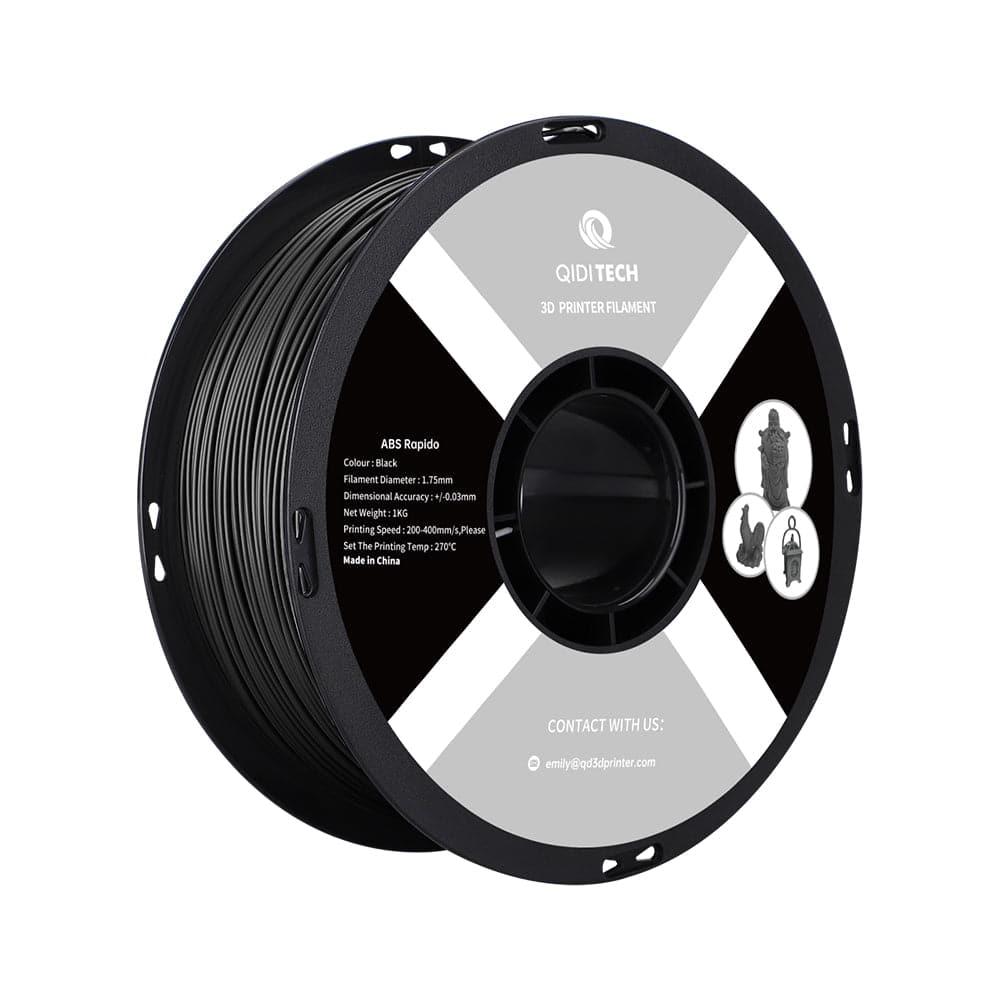When it comes to 3D printing, ABS filament stands out as a popular choice among enthusiasts and professionals alike. Known for its strength and durability, ABS (Acrylonitrile Butadiene Styrene) is a thermoplastic that offers a range of benefits for various applications. This guide will delve into the essential aspects of using ABS filament, providing you with valuable insights and techniques to enhance your 3D printing experience.

Understanding ABS Filament
What makes ABS filament so appealing? Its robust nature allows it to withstand higher temperatures compared to other materials like PLA. This characteristic makes it ideal for creating functional parts, prototypes, and even toys. However, working with ABS does come with its challenges, such as warping and the need for proper ventilation due to fumes released during printing.
Benefits of Using ABS Filament
- Durability: ABS is known for its impact resistance and toughness.
- Heat Resistance: It can withstand higher temperatures, making it suitable for functional applications.
- Post-Processing: ABS can be easily sanded, painted, or smoothed with acetone vapor.
- Cost-Effective: Generally, ABS filament is more affordable than other engineering-grade materials.
Tips for Successful 3D Printing with ABS Filament
To achieve optimal results when printing with ABS filament, consider the following tips:
- Bed Preparation: Use a heated bed set between 90-110°C to minimize warping.
- Enclosure: An enclosed printer helps maintain a stable temperature and reduces drafts.
- Ventilation: Ensure proper ventilation in your workspace to mitigate fumes.
- Print Speed: Slower print speeds can improve layer adhesion and reduce the likelihood of warping.
Common Challenges and Solutions
While ABS filament offers numerous advantages, it can also present challenges. For instance, warping is a common issue. If you find that your prints are warping, consider adjusting the bed temperature or using a brim or raft to enhance adhesion. Additionally, if you experience layer separation, increasing the print temperature can help improve layer bonding.
Where to Find Quality ABS Filament
Choosing the right supplier for your ABS filament is crucial. Quality filament can significantly impact your print results. One reputable source is , which offers a variety of colors and high-quality options for your 3D printing needs.
Conclusion
In conclusion, ABS filament is a versatile material that can elevate your 3D printing projects. By understanding its properties, benefits, and potential challenges, you can make informed decisions that lead to successful prints. Whether you are a hobbyist or a professional, mastering the use of abs filament will undoubtedly enhance your 3D printing experience.









